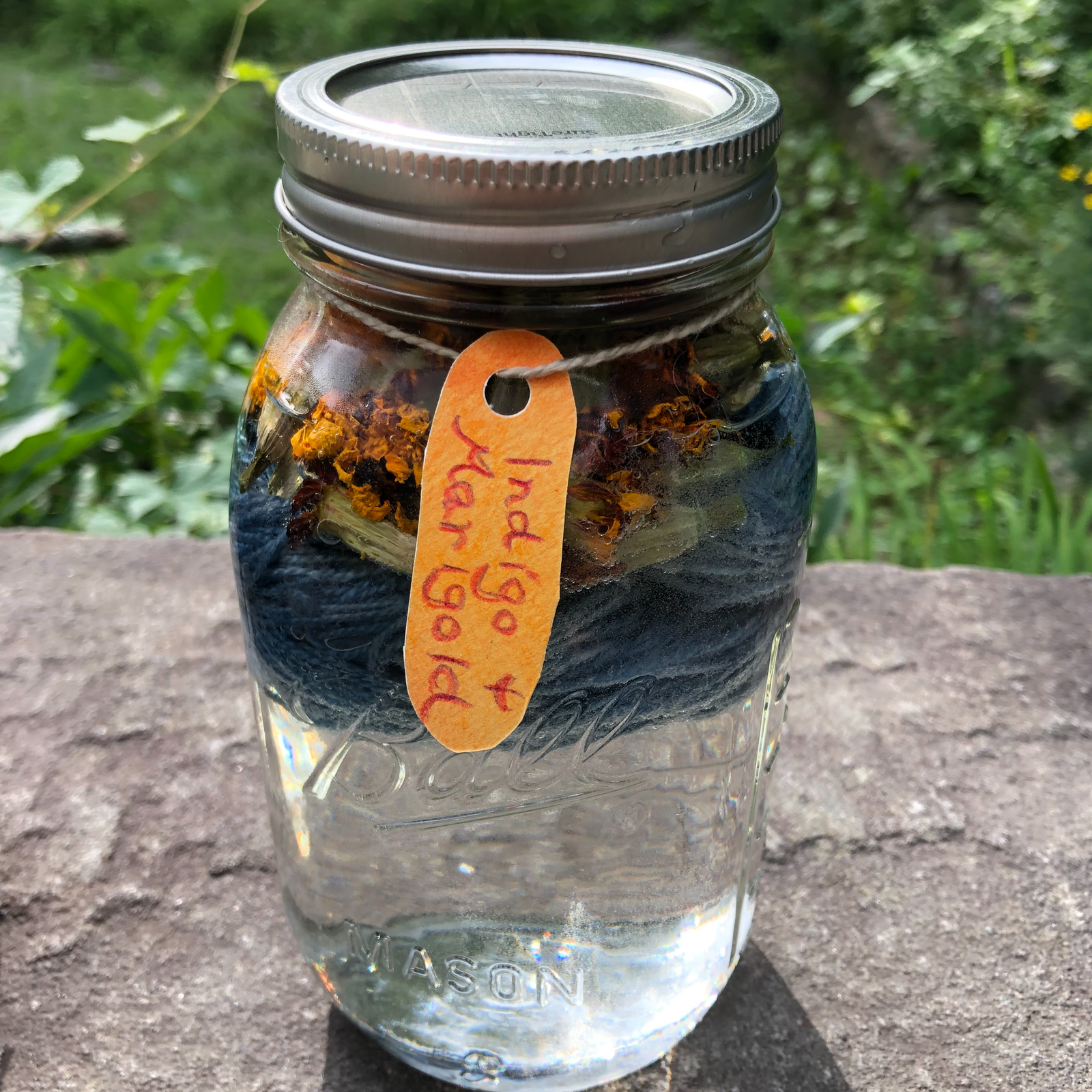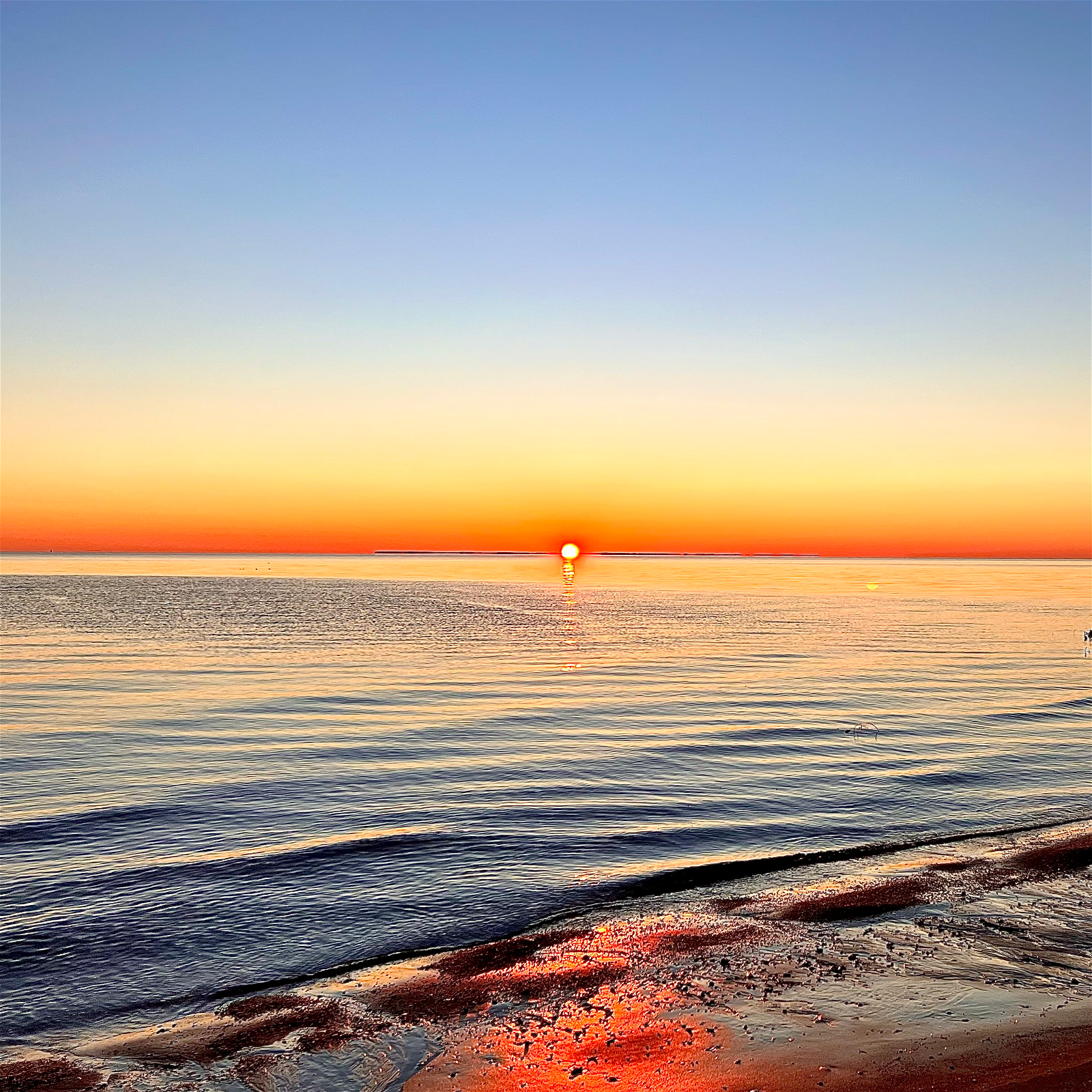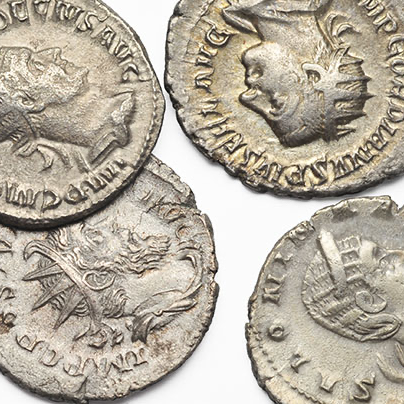Wednesday, Feb 8
- read "Engineering Connection" information from Build an Anemometer to Measure Wind Speed (FREE on TpT)
recall the Tay Bridge and Tacoma Narrows Bridge disasters from our previous Science Club topic,"Massively Epic Engineering Disasters"

The Book of Massively Epic Engineering Disasters:
33 Thrilling Experiments Based on History's Greatest Blunders
by Sean Connolly
3:30 pm - put students in pairs to do Station Experiment for Making an Anemometer (FREE on TpT) but tweak the design as they see fit
4 pm - add sketch of your design, any changes that you made, and any questions you still have to your Science Club notebook
4:15 pm - debrief
notes & changes they made:
T pins work better than pushpins (we used 1 3/4 inch)
longer straws are best; we used red and white striped straws that were 10 1/4 inches long
wider straws are best; so that the cups stay secure, use straws that are the same diameter as the hole punch
to keep the cups in place, you can also use Plastilina to plug the ends of the straws where the cup goes through them thus preventing the cups from rotating when the wind blows them
4:30 pm - discuss student questions
they wanted to know which came first, the weathervane or the anemometer, and whether they were invented deliberately or if they were accidental discoveries
weathervane - 48 BCE (Ancient Greece)
anemometer - 1450 CE
cup anemometer - 1846 CE
4:45 pm - cleanup
- as it so happened, we had the T pins, long wide straws, and Plastilina all on hand from the enormous stash of art & craft supplies, office supplies, math tools, and educational board games donated to our school from the estate of Bill Perk (longtime colleague and close friend of Buckminster Fuller)...
we SO appreciate the donations!
Wednesday, Feb 15
As we did for temperature & air pressure, we read a chapter of The First Book of Weather by Rose Wyler after finishing all of our wind explorations. She reviews and consolidates the information for children in a wonderful way and also adds some fun new bonus facts.
Chapter 2 is called "Winds, Great and Small."
We first went outside with our weather vanes and anenometers and watched them move around in the wind (which we hadn't done before, because it's been storming for the past few Wednesdays!!) and then came back inside and I read them pages 22-25. Next I gave the children blank U.S. maps to add to their Science Club notebooks. They added the Rocky Mountains to their maps and then drew the two pie charts shown on page 25, "Bringers of Storms."
Making the map took more time than I thought it would, so that was all for today. Next time we will read the remainder of the chapter.
Blank United States Maps from TpT
I printed page 1 at 90%
then trimmed it to 8 inches to fit in our notebooks
To help the children add the Rocky Mountains to their maps, we used two resources from Waseca Biomes:
plus, the very lovely Colors of the World crayons
Wednesday, Feb 22
- in a strange coincindence, today there was a Severe Thunderstorm Warning and Tornado Watch happening during Science Club!
read the remainder of the "Winds, Great and Small" chapter from the Rose Wyler book; this included
doing the Smoke Jar experiment - page 26
adding an illustration of Planetary Winds to Science Club notebooks - page 28
looking at the shape of a hurricane (the Antarctica puzzle piece in the Antarctica Biome Puzzle)
creating a chart to compare Tornadoes and Hurricanes side by side - pages 30, 31, 32
| Tornado | Hurricane | |
| width | <1 mile | 200 miles |
| how far it travels | 4 1/2 miles | few thousand miles |
| how fast it goes | passes a point in 15 sec | 15 mph |
| lifespan | 8 minutes | 9 days |
| wind speed | 200-300 mph | 150-200 mph |
our previous exploration: wind direction
our next exploration: humidity
This post contains affiliate links to materials I truly use for homeschooling. Qualifying purchases provide me with revenue. Thank you for your support!















 Immersive Experience
Immersive Experience Immersive Experience
Immersive Experience
No comments:
Post a Comment